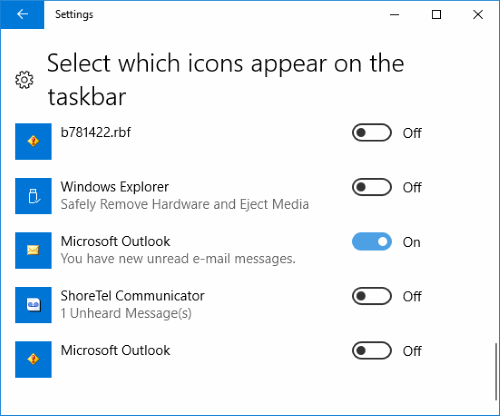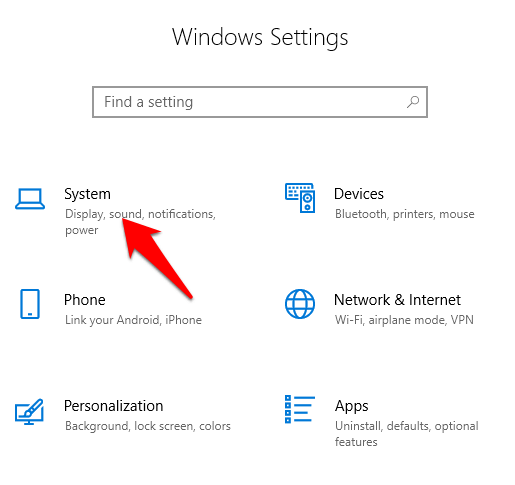
- HOW TO TURN OFF EMAIL NOTIFICATIONS IN WINDOWS 10 HOW TO
- HOW TO TURN OFF EMAIL NOTIFICATIONS IN WINDOWS 10 WINDOWS 10
To see more of them in the pane, click Collapse. The Action Center pane displays the latest notifications. Click the Action Center icon in the lower right of the Taskbar. You can still see recent notifications even if they don’t pop up on the screen. You can then opt to see a summary of the notifications you missed while Focus Assist was active ( Figure G). You may also see a fourth rule on laptops and other mobile devices to disable notifications when you’re at home. Turn on the third rule to disable notifications when you’re playing a game. Turn on the second rule to disable notifications when you’re duplicating your display, such as when you’re giving a presentation. Click the first rule and you can set specific start and end times and other options. Under Automatic Rules, select the times or activities when you don’t want to be disturbed by notifications. You can now prioritize various notifications, such as those from Cortana, specific people, and certain apps ( Figure F). If you chose Priority Only, click the link to Customize Your Priority List. By default, Focus Assist is turned off to enable it, click one of the two buttons in the first section: Priority Only or Alarms Only ( Figure E). At your current screen, click the setting in the left pane for Focus Assist. Next, you can use Focus Assist to prevent notifications from disturbing you during specific hours or activities.

You can also set the maximum number of notifications that appear in the Action Center for this app and set a priority location for the app ( Figure D). At the app’s notification screen, you can tweak various options, such as whether to display banners, keep the notification private at the Lock screen, show the notification in the Action Center, and play a sound. Click an app for which you’ve enabled notifications. You can drill down to a specific app or feature to fine-tune its notifications. I want to see notifications for email, to-do list, calendar, and such Windows features as Nearby sharing and printing, but I don’t need to see notifications for Facebook, Instagram, and other third-party apps ( Figure C). Review each app or feature to disable the notifications you don’t want to receive. Scroll down to the section to Get Notifications From These Senders. Next, you can control notifications for specific apps and features. In my case, I like to see notifications and reminders on the Lock screen, but I don’t need to see notifications of new and suggested features or tips and tricks ( Figure B). You can play with each option to see which ones you need.
HOW TO TURN OFF EMAIL NOTIFICATIONS IN WINDOWS 10 WINDOWS 10
SEE: 20 pro tips to make Windows 10 work the way you want (free PDF) (TechRepublic)

HOW TO TURN OFF EMAIL NOTIFICATIONS IN WINDOWS 10 HOW TO
Let’s see how to best manage your notifications. And you can use Focus Assist to turn off notifications during certain times of the day or during certain activities.

You can choose to see notifications for all apps or only specific apps. You can opt to see notifications only in Windows or also in the Lock screen. No problem–you can control which notifications you receive, where they appear, and how and when you receive them. But you don’t want to be bothered by a barrage of notifications that interrupt whatever you’re doing. Maybe you want to be alerted to certain items, such as new emails and app updates. You keep receiving notifications in Windows 10. Here's how to control notifications in Windows so they don't control you. How to manage your notifications in Windows 10


 0 kommentar(er)
0 kommentar(er)
